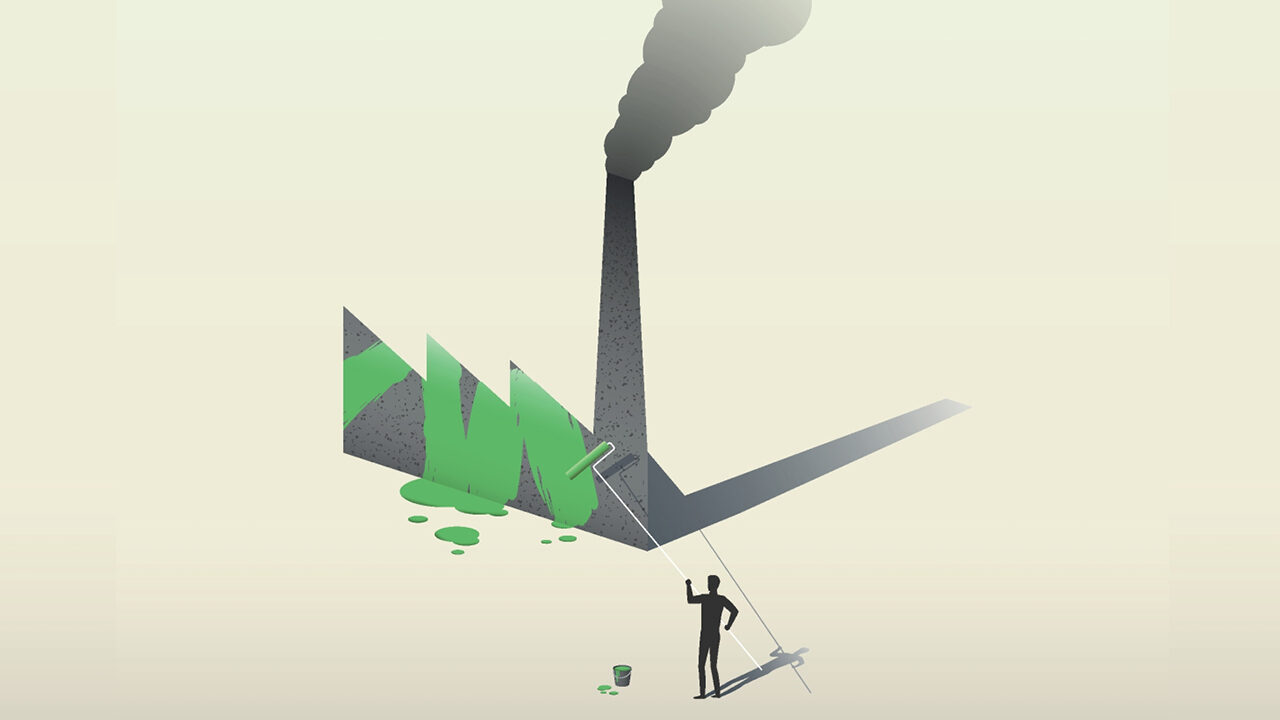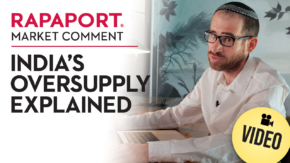Touting your company’s efficient energy use while failing to address complaints from the local community. Claiming to be “sustainable” because your business donates to charities, but neglecting your own staff’s labor rights. These are examples of “greenwashing” — misleading marketing messages that falsely claim to make a positive impact on society or the environment.
The term has become a buzzword in recent years as companies seek to boost their environmental, social and governance (ESG) credentials. Related terms include “greenlabeling” — marking a product as “responsibly sourced” without evidence of how its supply chain differs from any other — and “greenlighting” or virtue signaling, in which businesses use a single positive to distract from other negatives.
When the targets for improving ESG constantly shift, this is called “greenrinsing.” In January 2021, the European Commission and consumer authorities in the EU completed a sweep of websites that were making green claims. Half proved to be unfounded, while 42% were exaggerated, false or deceptive and could qualify as unfair commercial practices under EU rule, according to the report. In 2022, the UK’s Competition and Markets Authority announced an investigation into three major high-street fashion retailers for greenwashing.
This year, the US Federal Trade Commission (FTC) is reviewing its 2012 Green Guides for the Use of Environmental Claims, which aim to prevent this kind of misleading marketing.
The golden rule
The point of transparent marketing is that buyers should be able to make an informed choice, which means companies should provide evidence to support their claims — no matter what they are.
In the jewelry industry, for instance, there has been disagreement for the past decade over the ESG merits of “recycled” gold. Proponents assert that reusing gold from discarded products reduces waste.
Clean business: do’s and don’ts
Do’s
• Report and measure. Free tools are available for ESG impact assessments.
• Take time to learn about the problems identified in supply chains.
• Take the online Green Claims Quiz to check your knowledge at greenclaims.campaign.gov.uk.
• Bring others in. Join initiatives or trade associations, or collaborate.
• Plan how to address the issues. Create policies, goals and a strategy.
• Commit to improvements. Create procedures everyone can get behind.
• Take it one step at a time. It’s about progress, not perfection.
Don’ts
• Only measure and report the positive impacts; commit to acknowledging and reducing negative impacts, too.
• Mudsling about competitors or other sectors within the industry; focus on your own backyard.
However, others say it’s more responsible to get gold from traceable, certified sources that support the local mining communities; they argue that gold has never been a “waste” product to begin with — that people have always reclaimed it, so it wouldn’t have been thrown out — and as such, recycling it doesn’t actually cut down on existing waste.
Both of these are potentially valid positions to take — as long as the firms espousing them can show evidence that they’re true. When buying a diamond, it’s reasonable to request a lab certificate to verify its quality, as this affects its value. There is no reason the public shouldn’t ask for similar proof from companies that make ESG claims, since these affect people’s purchasing choices.
Taking the high road
Greenwashing can be a deliberate effort to mislead consumers, or it may result from a failure to understand the seriousness of certain issues and how to address them. As in any industry, there will be both good- and bad-faith actors. Opportunists will see people paying a premium for certification, and engage in greenwashing to boost their business’s value. In contrast, jewelers who value integrity and having an ethical reputation will put more emphasis on ensuring accurate disclosure and fair pricing.
Underplaying the serious issues that exist in the supply chain leaves the whole industry open to negative scrutiny and a public perception of opaque business practices, all of which erodes consumer trust. Being transparent is essential. It’s wrong for a seller to conceal a diamond’s flaws from the buyer. It’s no less wrong to make deceptive ESG declarations.
While problems exist in all supply chains, luxury goods attract a significant amount of media and consumer attention. Valuable mineral sales can have far-reaching effects. Doing our best to make sure they’re positive ones will benefit both people and the planet.
The author is the founder of consulting firm Johnston Resources and an expert in the responsible sourcing of precious metals, diamonds and gems.
This article is from the March-April 2023 issue of Rapaport Magazine. View other articles here.
Main image: (Shutterstock)
Stay up to date by signing up for our diamond and jewelry industry news and analysis.



